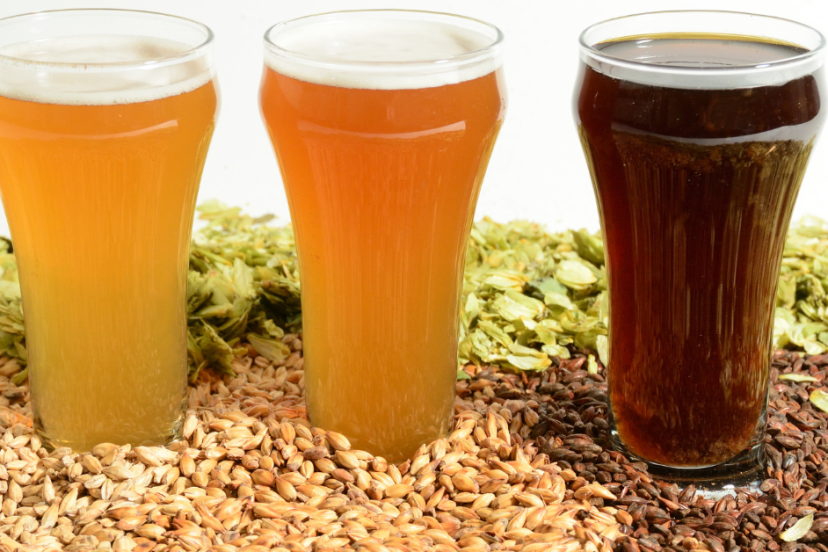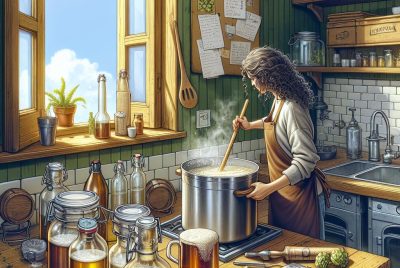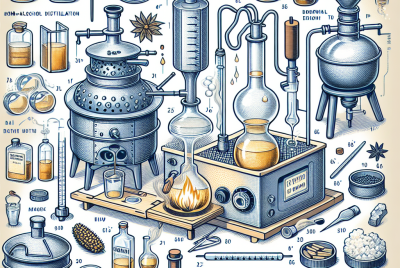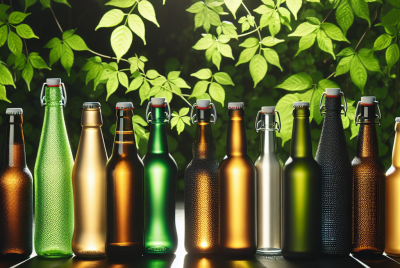Home Brewing Supplies – A Beginner’s Guide
Introduction to Home Brewing Supplies
Hello, fellow brew enthusiasts! Today we’re setting sail into the robust and rewarding world of home brewing. This comprehensive guide will walk you through everything you need to know about home brewing supplies – the tools, the ingredients, how to choose them, and how to care for them. So, grab a pint of your favorite brew, sit back, and let’s get started!
The Allure of Home Brewing
There’s something incredibly satisfying about brewing your own beer. It’s not just about saving money or exploring different beer styles. Home brewing is about creativity and craftsmanship, about understanding the science behind the brewing process, and applying that knowledge to create something uniquely yours.
The Art and Science of Brewing
Brewing is a beautiful blend of art and science. It’s an art because it allows for creativity and experimentation. It’s a science because it involves biochemical reactions that transform raw ingredients into delicious beer. The better your understanding of these processes, the better your brew will be.
The Essentials: Home Brewing Supplies
Let’s dive into the heart of the matter – the essential home brewing supplies. Generally, these fall into two categories: equipment and ingredients. With both categories, quality is essential. Buying the best items that you can afford will give you better results every time.
Brewing Equipment
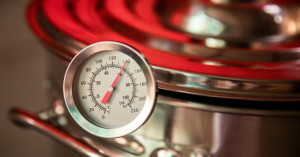
Fermenter
The fermenter is where the magic happens. It’s here that the yeast ferments the sugars from the malt extract, turning them into alcohol. Fermenters come in various materials and sizes, but for beginners, a simple 5-gallon glass or plastic fermenter with an airlock is a good starting point.
Brewing Kettle
A brewing kettle is essential for boiling your ingredients. Look for a sturdy, stainless-steel kettle with a thick bottom for even heat distribution. For starters, a 5-gallon kettle should suffice.
Airlock
The airlock is a small but crucial piece of brewing equipment. It allows the CO2 produced during fermentation to escape, while keeping oxygen and other contaminants out.
Siphoning Equipment
Siphoning equipment is used to transfer your brew from one container to another without disturbing the sediment. A racking cane and food-grade tubing should do the trick.
Bottling Equipment
Once your brew is ready, you’ll need bottles, bottle caps, and a bottle capper to store it. You could also consider a bottling bucket with a spigot for easy filling.
Ingredients
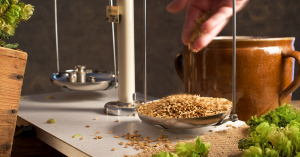
Malt
Malt extract provides the sugars needed for fermentation, as well as contributing to the color and flavor of the beer. It comes in both liquid and dry forms, and in a variety of types to produce different beer styles.
Hops
Hops are used to balance the sweetness of the malt with bitterness, and can add aroma and flavor. They come in several varieties, each with its own flavor profile.
Yeast
Yeast is what turns the sugars from the malt extract into alcohol and CO2. Different strains of yeast can significantly affect the flavor and character of your beer.
Water
As the most abundant ingredient in beer, the quality of your water is critical. Use clean, good-tasting water – if you like the taste of your water, you’ll likely enjoy the taste of your beer.
Choosing Quality Home Brewing Supplies
When it comes to brewing supplies, quality matters. Your beer can only be as good as the ingredients and equipment you use. Choose fresh, high-quality ingredients and reliable, well-made equipment.
Maintaining Your Home Brewing Supplies
Proper maintenance of your supplies is essential for brewing consistently great beer. This includes cleaning your equipment thoroughly after each use to prevent contamination, and storing your ingredients properly to maintain their freshness.
Advanced Home Brewing Supplies
As your brewing skills evolve, you may want to explore advanced brewing supplies. These could include a wort chiller to cool your brew faster, a refractometer to measure sugar content, or a kegging system for easier storage and serving.
The Final Pour
Home brewing is a fascinating, rewarding hobby that can turn into a lifelong passion. With the right home brewing supplies, a little practice, and a dash of patience, you’ll be brewing beers that rival your favorite commercial brands in no time. So why wait? Dive into the world of home brewing and discover the brewer in you. Happy brewing!
Frequently Asked Questions
- Can I brew beer with tap water? Yes, if it tastes good and is free of heavy chlorine. The taste and composition of your water can greatly affect the taste of your beer.
- Where can I find home brewing supplies? Home brewing supplies can be found at local homebrew shops or online. Many suppliers offer starter kits which include most of the equipment you’ll need.
- How do I store my ingredients? Malt extract should be kept in a cool, dry place. Hops and yeast should be refrigerated to keep them fresh.
- How long will my brewing equipment last? With proper care and maintenance, your equipment can last for many years.
- How much will setting up a home brewery cost me? The initial investment can be a few hundred dollars, but in the long run, brewing your own beer can be much cheaper than buying commercial beer.

